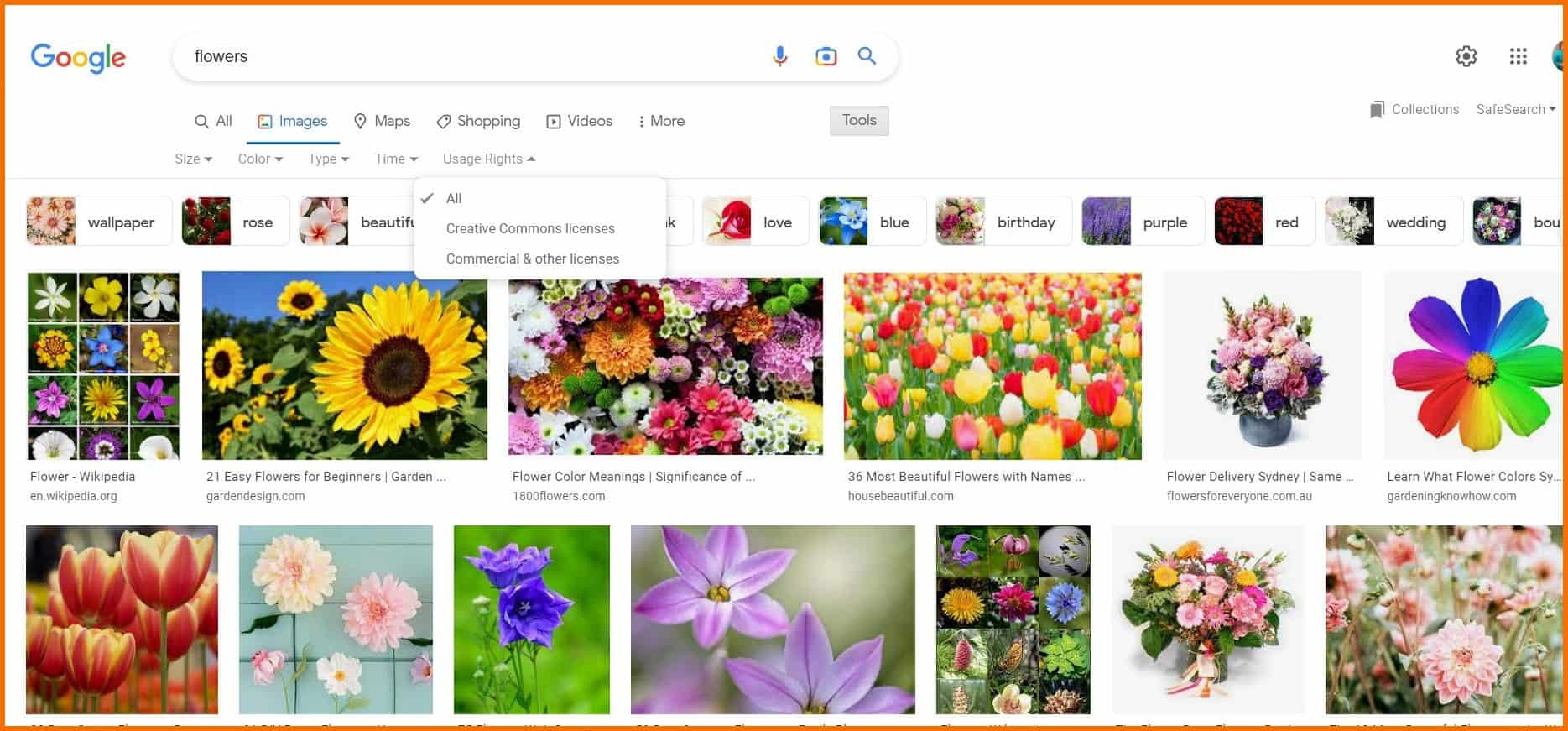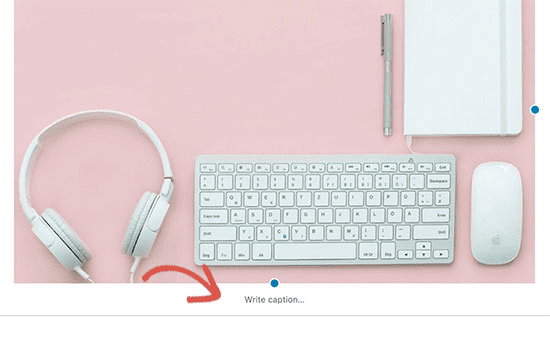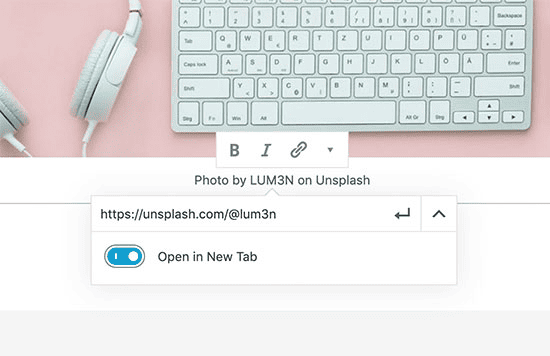When you upload a picture to your blog or social media page, what steps do you take? Most of us just upload the image without checking the credentials of the photographer.
If it’s post-worthy, we post it. That said, is it ethical?
Given that we did not own the picture and that it was obtained from a third party, we are obligated to provide a ‘photo credit.’
But is it required that we provide attribution for every picture we post?
How exactly should it be done?
This blog post holds the answer to these questions, and so much more:
- What’s a photo credit?
- The 101s of photo credits
- The steps to give copyright credits for images properly
- The importance of giving photo credits
- Misconceptions concerning social media photo attribution
Let’s dive right in!
Table of Contents
What Is a Photo Credit?
Photo credit is a brief statement that identifies the author of a published photograph.
In other words, if we utilize a photo or image that is not ours and belongs to someone else, we must give that person due credit, recognize that we have used their photo, and identify the source of the photo.
Read also: 6 Handy App Engagement Metrics To Track Today
Photo Credits 101: The Basics
Before moving on to the nuances of providing proper photo credit, it is important to know:
- The types of images we can share
- What a photo credit line is
- Where it should be placed
Types of images we can share
The Internet is a pool of various graphics, and all these images have an attached license to them, which determines the correct way to give the photo credit. Not every image on the internet can be used without restriction. Different licenses accompany the images, and those licenses specify how the pictures can be used.
- If an image has a Creative Commons license, you are free to use it. Certain YouTube videos that are accessible under the Creative Commons license may be used in any of your projects without restriction. Whether or not you cite the image’s original creator is entirely up to you.
- The Creative Commons license does not apply to all images, photos, or videos; in order to post a photo from a website, you must get the photographer’s permission.
- You can download an image for free from the third type of picture website, but you have to give the photographer credit.
Before moving on to how to give proper photo credit, it is important to know what a photo credit line is and where it should be placed.
Photo credit line
For photographs used in publications or on websites, a picture credit line indicates the photographer, illustrator, or copyright holder.
The photo credit line may be included in the caption or another section of the page, either next to or in place of a photo.
Photo credits are frequently written or listed in a precise order per the publication’s style guide. Photographers and copyright holders frequently request certain text or give model language to accompany their provided images or visuals. A link to the photographer’s website or to another source may be necessary or advised for fair use on the web.
Read also: How And When To Say ‘My Sincerest Apologies’
Photo line placement
Normally, the photo credit is shown next to the picture, either underneath it or along one of its borders. One image credit is adequate if more than one image taken by the same photographer is included. If no style is supplied, place a small, sans serif typeface up the left or right side of the image.
If the photo is used as a full bleed — meaning it reaches over the edge of the paper or website — place the credit line inside the image, close to the edge, at a slightly larger size. In this case, it might be necessary to invert the image in order to make the credit line readable. If it cannot be read, it does not count.
Read also: Five-Star Reviews: What Does It Take to Get High Marks from Your Audience?
How Should You Provide Copyright Credit for Images?
The many methods for giving photo credit for each type of image are as follows:
- For images devoid of copyright: If you cite the source and give credit as follows, you may use images without copyright:
This photo was provided by [Photographer name] via [Source link]. Copyright-free
- Regarding photos with copyright: Obtaining the photographer’s consent is the first need for copyrighted images, followed by giving them credit. To give them credit, just include a link to their original source.
- A news source’s screenshot: Use the following method to give attribution to any photos you use from a news source
Photo: [Source] — The website where the image was published.
- A picture or photo was acquired from a government agency: If you utilize one of a government institution’s photos or images, all you have to do to give credit is specify the department or agency from whence you acquired the image.
Photo: [Source]
- The following image was taken from commercial enterprises: If you utilize one of the large company’s photographs, how do you give them credit? It is just simple.
Photo: [Source]
How do you give photo credits for WordPress?
Source: wpbeginner
WordPress is a blogging platform that enables users to publish their own text as well as provide rapid access to and use photos for their social media posts.
In order to “avoid content theft” in such cases, WordPress advises content authors to include a clear copyright notice on their website that includes their complete name, the name of their site, and the current year. They also advise posting a statement of rights in the sidebar or footer. In order to protect images, they also follow the DMCA method.
WordPress recommends getting the owner’s permission before using their content/image.
It is also recommended to include the photographer’s name and a link to their website or other online portfolios if you can find one. The picture credit should be directly under the image. But keep in mind to abide by the owner’s and the original image source’s license requirements when structuring the attribution.
- The fact that the WordPress editor now explicitly asks article creators to incorporate picture attribution is fantastic. The best place for image credits is the “Write a photo caption” label that displays beneath a picture once a user uploads it to a post.
How do you give photo credits on Instagram and Facebook?
As you must know that Instagram is owned by Facebook, hence both platforms abide by the same rule. They are very similar, and so are their copyright regulations. Unlike stock photo/stock image sites, which as collections of images have the objective to either only showcase images or help them get sold, Facebook and Instagram are centered on (social) sharing, which poses their own problems when it comes to the practice of photo credit.
Follow these simple Facebook and Instagram guidelines to avoid issues with photo crediting:
- On these platforms, only content that does not violate anyone’s copyright or intellectual property rights may be posted.
- Only share images or other original works because it’s rather easy to enter a copyright issue with other types of images or videos.
Read also: Ace Your Instagram Captions: 100+ Examples to Take Inspiration From
Why Is It Important To Give Photo Credit?
Giving credit where it is due is the simplest way to explain the value of the credit. For a more complete understanding, let’s look at both the owner’s and the user’s points of view.
From the photographer’s perspective
- The image’s creator will feel appreciated for their work.
- It helps to advertise their work and could possibly bring in new clients.
- For example, when using Creative Commons (CC) photographs, it occasionally clearly displays the licensing conditions and informs other visitors of any potential re-use limitations.
Read also: 25 Productive Things To Do Instead Of Watching Netflix
From the perspective of the image’s viewer
- Giving proper credit ensures that the photo’s license condition is duly followed and so are its reuse restrictions.
- It is abiding by the law (in some countries, image owners have the legal right to be attributed to their work).
Read also: Fun Social Media Engagement Posts: 6 Great Ideas
Misconceptions Concerning Social Media Photo Attribution
Gen-Z now relies on social media for survival, and because of the liberal environment they offer, we often forget and flout the guidelines that govern how to use these platforms.
Some common issues concerning photo credit on social media platforms:
- It is incorrect to think that if you altered the work or added your own unique content to it “sufficiently,” you can avoid copyright infringement.
- You shared the material since it was “available on the internet,” thinking that since it wasn’t credited online, you don’t need to either. This is also wrong.
- If you believe it is okay to post someone’s credible photos because others have done so, you are wrong. Not giving appropriate credit and disregarding any potential legal repercussions is wrong.
- You are making a mistake if you merely embed the content onto your website without really hosting the image; you presume that you are protected.
A recent court ruling holds websites that use content without the author’s permission legally accountable for copyright infringement. The terms and conditions of Instagram have also been modified to specify that in order to embed a post, the user must first obtain the author’s permission and/or a license.
Given the nature of social media networks, giving picture owners credit is advised.
Additionally, if these platforms have any additional features available, you can utilize them to tag the image owner with the @ symbol, although that should only serve to your advantage. If the image was originally submitted to the artist’s Facebook or Instagram account, tagging can be adequate as long as you have their permission and discuss their preferences before publishing.
In short, it is very important to give proper photo credit on social media sites.
Read also: Emojis in Social Media Marketing: Some Useful Tips
Conclusion
If you use a picture without permission and fail to give credit to the person, business, blog, or website that created it, you are stealing the image. Users think it is appropriate for them to share images they see on other people’s profiles as their own because they are using that application.
However, each and every one of those images has a location—on a website or blog—and a function. Before posting, take time to think about your fellow creatives. Then, be considerate, share with permission, and give acknowledgment.
Giving proper photo credit is not only a legal obligation but an ethical thing to do! Always ensure to give proper photo credit if you are using someone’s photos.





